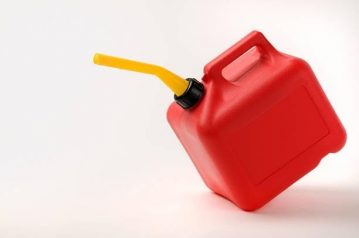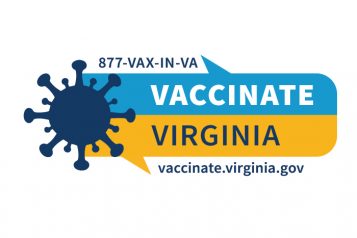VDFP’s Aid to Localities Funding Increases to $34 Million for
Firefighter Training and PPE in the Commonwealth
The Aid to Localities funding program increased by 5.45% for Fiscal Year 2022,
stemming from the Virginia Fire Services Board’s approval and fire-related insurance collections.
RICHMOND – July 12, 2021 – The Virginia Fire Services Board (VFSB), a Governor-appointed policy body that consists of 15 members from Virginia’s Fire Service, the insurance industry, municipal organizations, and citizen representatives; and the Virginia Department of Fire Programs (VDFP) announced today a 5.45% budget increase in the Fire Programs Fund. The increase totals $1.8 million dollars to the Virginia Aid to Localities (ATL) funding program, which bumps up the total aid to $34 million dollars for statewide distribution.
ATL funding comes from the Virginia Fire Programs Fund, which is derived from 1 percent of fire-related insurance coverage collected in the previous calendar year. Approximately 75% of the total fund goes directly to a total of 323 counties, cities, and incorporated towns within the Commonwealth. Twenty-five percent goes to VDFP’s operational budget.
VDFP administers the ATL program in conjunction with the Board.
The current fiscal year (FY22) increases follow pivotal milestones for the Board. In 2020, VFSB pushed to increase ATL funding to support training initiatives, construction of fire training centers, firefighting equipment, and protective gear. The Board’s request was made in response to increasing budget trends in Virginia’s Fire Service. During fiscal year 2021 (FY21), minimum ATL funding levels jumped from $10,000 to $15,000 and $20,000 to $30,000. This fiscal year, 152 Virginia localities will see an increase as they received above the minimum in FY21. The Board approved to allow the minimum funding levels to remain at the FY21 increases.
“The Board saw a trend in the rising costs of insurance, particularly the types of insurance in which the 1% that goes to the Fire Programs Fund is derived – fire, miscellaneous property and casualty, marine, homeowners, and farm owners insurance,” said VFSB Chair Scott Garber. “We made a strategic move in considering these increases to align with the rising costs in keeping fire departments operable.”
“The increased funding allows us to assist Virginia’s Fire Service in growing their departments and personnel. In some cases, ATL funding increases budgetary choices for financially strapped fire departments,” said VDFP Acting Executive Director Garrett Dyer. “Our purpose is to assist where we can to help fire departments meet or exceed their service delivery goals.”
Funding is available annually on July 1, the start of VDFP’s new fiscal year. Qualifying localities are required to submit annual reports and financial documentation to receive an allocation.

